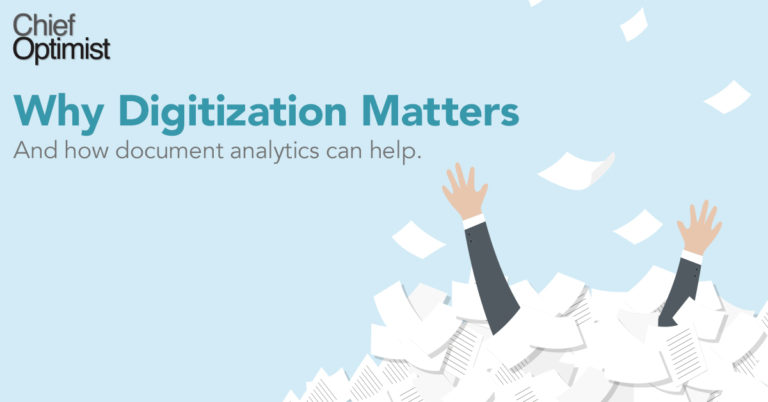It’s a safe bet that most of this blog’s readers are familiar with the book Moneyball and/or the movie of the same name, or at

least know the premise behind the story.
It’s a story of how big-data analytics was employed in Major League Baseball (specifically, the Oakland A’s) to predict the positive contributions made by players based on career statistics, and then how those predictions were compared to players’ salaries to help a team decide who would make the best roster additions from a true-value standpoint.
That data used for such analysis went way beyond the headline-friendly statistics popular among casual fans such as a player’s batting average, stolen bases and runs batted in.
At the time, the Oakland A’s general manager, Billy Bean, was loudly decried for such tactics, with fans and media calling for his head as the team struggled early in the 2002 season. But when the team turned its season around and won an American League-record 20 games in a row with one of the lowest payrolls in the major leagues, and then made the playoffs, his methods became validated and widely adopted throughout baseball.
While analytics is relatively new to professional sports, it’s been a critical part business strategy for quite some time. And the ability to capture, distill and analyze Big Data, as it’s known today, is an ever-increasing component of running a successful business.
Although this article from ZDNet.com focuses on the ways in which Big Data plays a major role in today’s sports world, it’s easy to draw a correlation between the importance of analyzing sports data and the critical need for businesses to approach statistical analysis in similar fashion.


